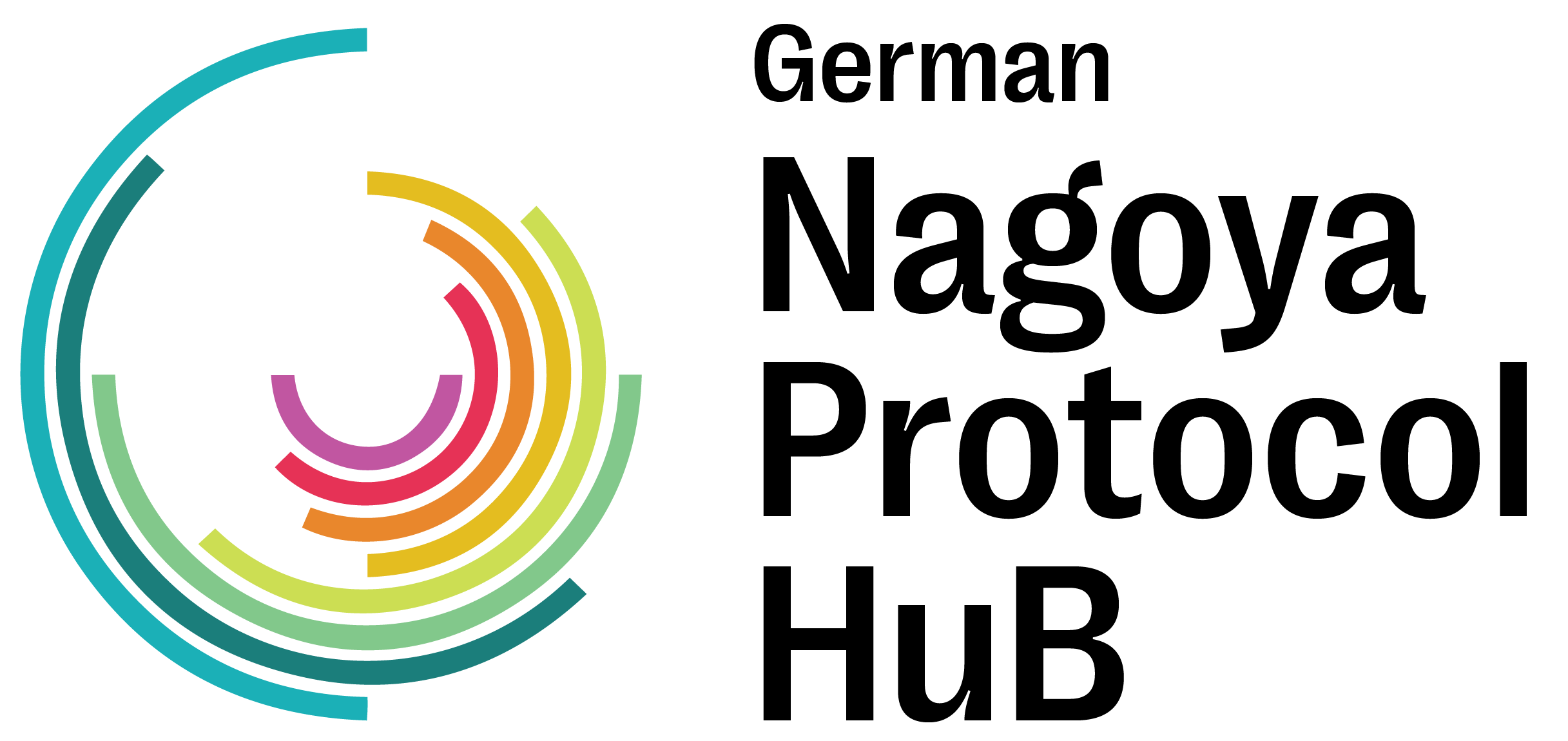Compliance stories
Learning from experience: Museum
Type of institution: A research museum in Germany
Dealing with compliance: The museum has done the following to address Nagoya Protocol compliance at the institutional level:

Photo: James Wainscoat on Unsplash
Adopting CETAF’s Code of Conduct & Best Practice
The research museum is a member of the Consortium of European Taxonomic Facilities (CETAF) and as such, has committed itself to implementing the CETAF Code of Conduct & Best Practice (Best Practice).
CETAF’s Best Practice is recognized by the European Commission.
Implementation at the institutional level: The Best Practice was adapted to the needs of the institution and the researchers
Adaptations:
- reduced length
- use of simplified language
- inclusion of flow charts which explain the relevant processes at the museum
- the museum did not adopt the model Material Transfer Agreements provided in the Annex to the Best Practice, choosing to adapt their existing documents, e.g. loan agreement for museum objects used for research which is “utilization”
- changes to workflows and the database used for sample and document management
Language: The guidelines are in English.
Adopted: Beginning 2020
Publicly available: No
Content: The guidelines:
- Highlight which aspects of the museum’s work may be ABS relevant
- Provide a tool for verifying the relevance of ABS and Regulation (EU) 511/2014
- Provide detail on the action to be taken when collecting material, receiving material from others, using material for research and when transferring material to third parties
- Outlines the modified document management process
- Includes tools, like an email template for communication with national authorities in the provider country
What are the lessons learned?
![]()
CETAF’s Best Practice is very useful for orientation when formulating guidelines at an institutional level.
![]()
Different people at the institution, including the researchers, need to be involved in the implementation process as this increases acceptance. It can also take time for everyone involved in the process to reach an agreement.
![]()
It is important to use easily understandable language in the guidelines to aid understanding.
![]()
Graphics are useful for researchers and can help to clarify obligations and the process.
![]()
Keeping change to existing systems and workflows to a minimum can help with increasing acceptance among the researchers.
Implementation of ABS workflows and updating the institution’s database
The institutional approach taken by the museum makes the researchers responsible for obtaining ABS documents.
A contact person (in place since 2018) is available to answer questions and provide information on obligations and the ABS process.
What is the workflow?
![]()
Researchers should copy the Nagoya-contact-person into any communication with national authorities in the provider country.
![]()
Once the documents have been obtained, they are sent to the contact person, who assigns an individual number to the document which contains the date, country ID and permit code. This allows the documents to be linked to the correct sample. The internal identification number is written on the original document by the researcher.
![]()
The documents are scanned and uploaded to the museum’s database, which holds information about all of the museum’s specimens that have already been digitized and any relevant permits, e.g. CITES, collection, export etc. The identification number for the Nagoya documents is included in the information about a particular object. When searching the database, researchers can immediately see if there are Nagoya relevant documents for a particular specimen.
![]()
The original documents are returned to the researchers and stored in their respective departments. These documents should be stored centrally so that they can be found easily by any staff member from that Department.
![]()
Researchers add information to a database about other compliance related matters, including the benefits shared.
What are the lessons learned?
![]()
Having a process where copies of the documents in a centralized place is very helpful for gaining an overview and also ensuring that information can be found if needed.
![]()
The individual document number greatly improved the ability to assign documents to a specific sample.
![]()
Linking the ABS process to existing infrastructure is important to increase acceptance of new requirements and processes.
Making resources available for researchers
Support is provided for researchers by the Nagoya Protocol contact person.
In the museum’s intranet, researchers have access to not only the guidelines but also information on ABS measures in specific countries is made available in a database. This is maintained by the contact person.
What are the lessons learned?
![]()
Care needs to be taken that internal databases containing information on ABS measures are regularly updated. It can be difficult to stay on top of these, meaning that it is important to include the date when the information is added to the database and a warning that researchers may need to check whether there have been any changes to these ABS measures.
![]()
The contact person can help people within the organization to network and connect with people who have experience with ABS in certain countries. Sharing of this type of experience is valuable for Researchers.
Awareness-raising
Awareness-raising is not an explicit part of the museum’s institutional guidelines. However, when the guidelines were first adopted, a presentation was given to the staff about them.
The contact person also regularly addresses news and challenges around the Nagoya Protocol in staff meetings.
![]()
When adopting a new system, it is important to explain what the changes mean for the people implementing the system.



